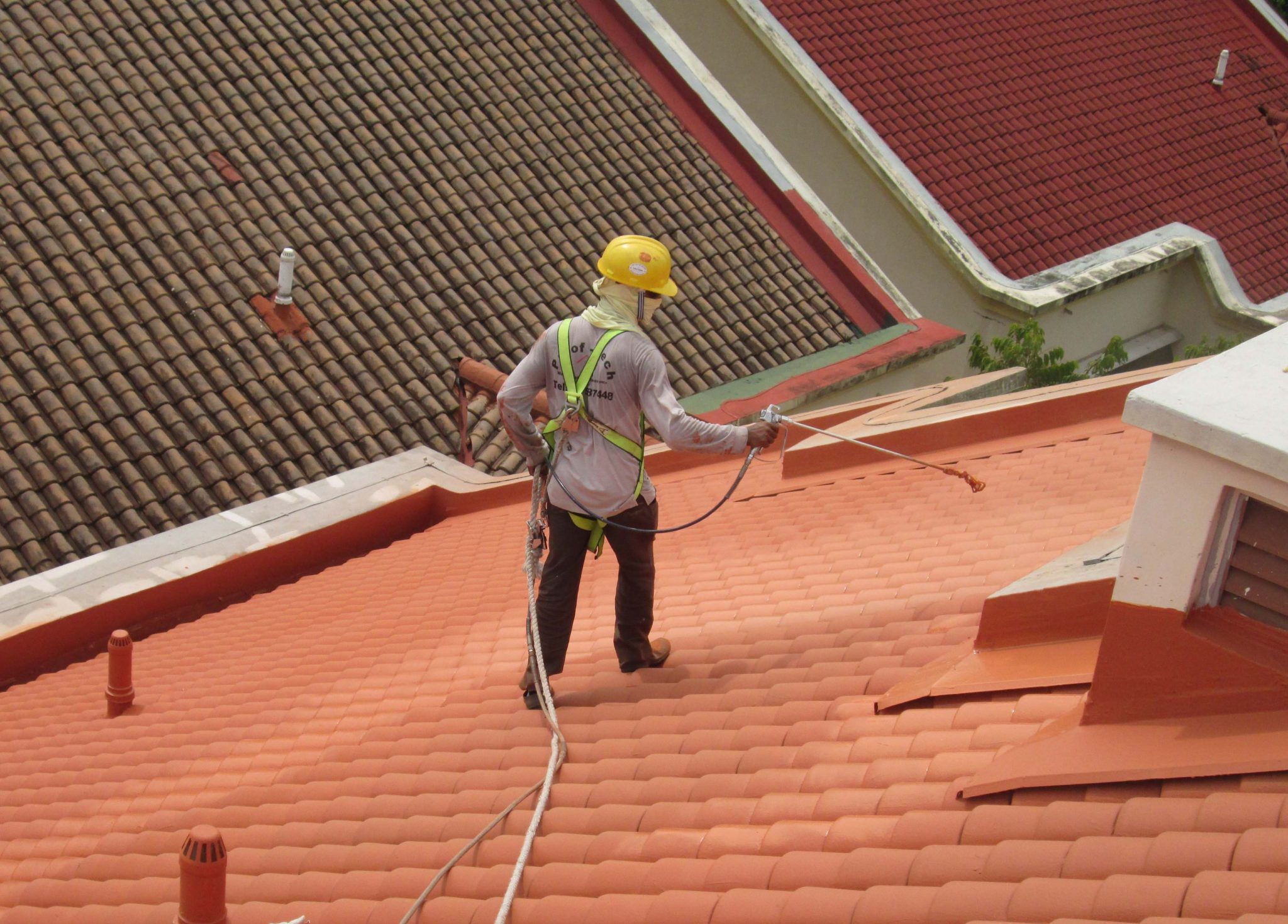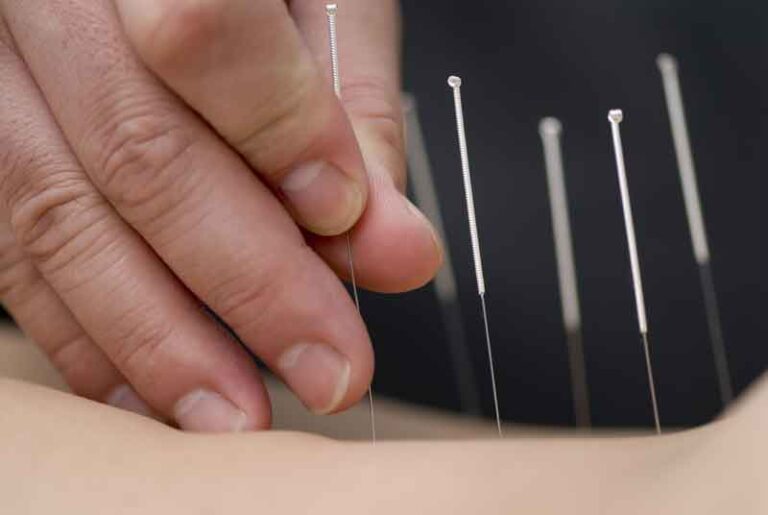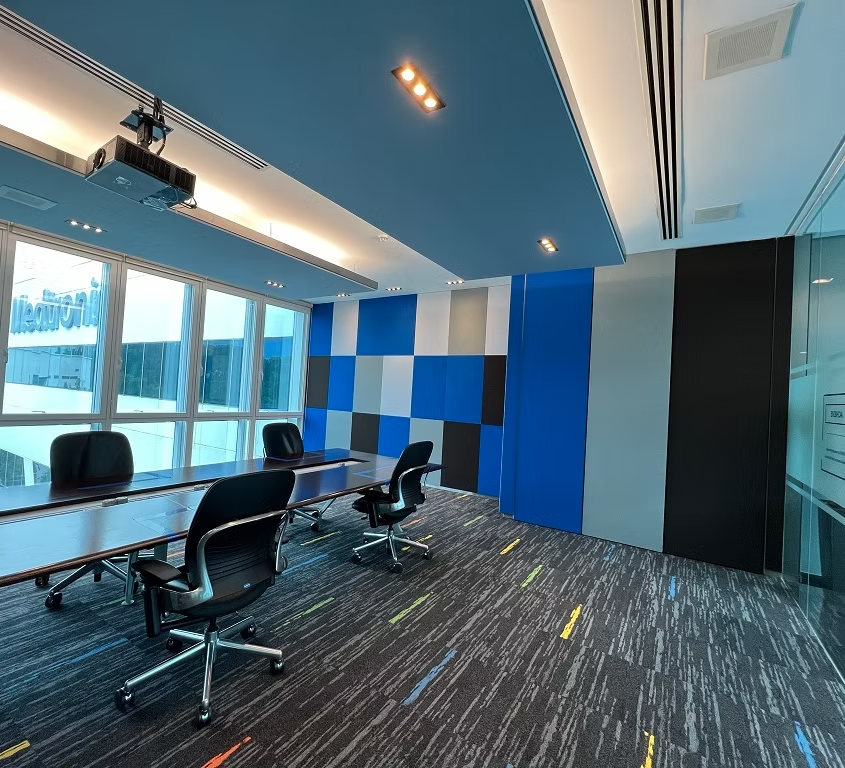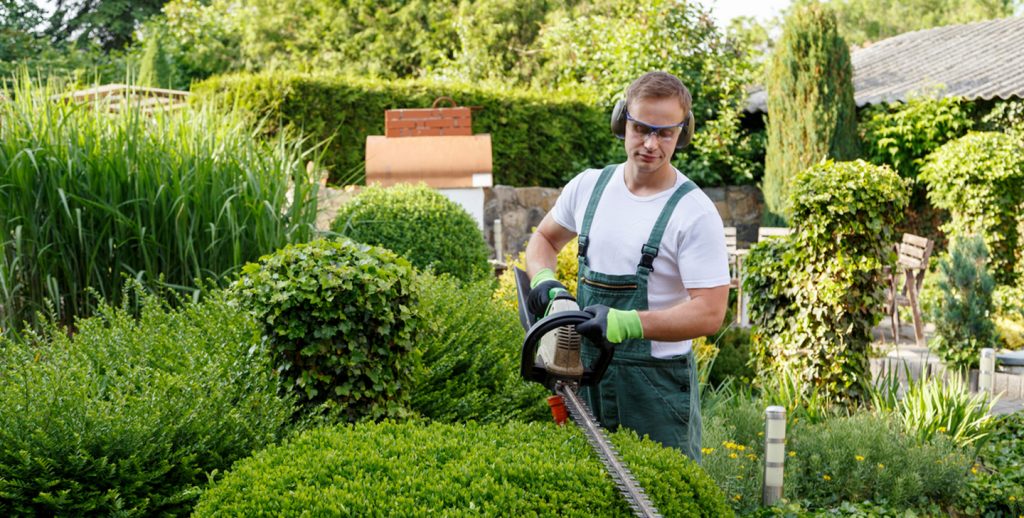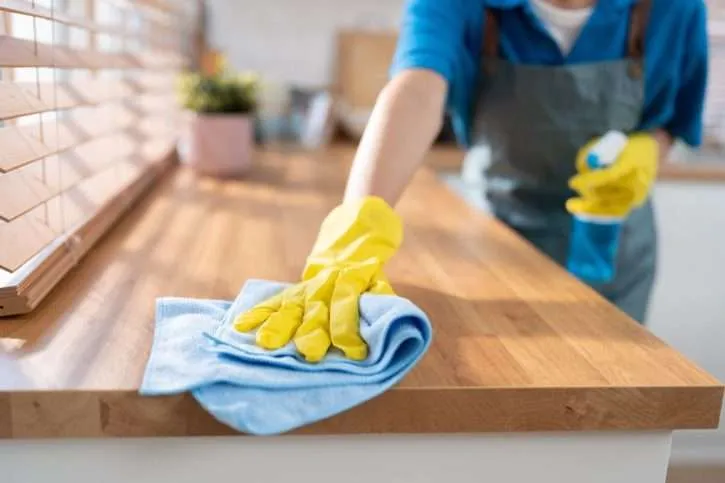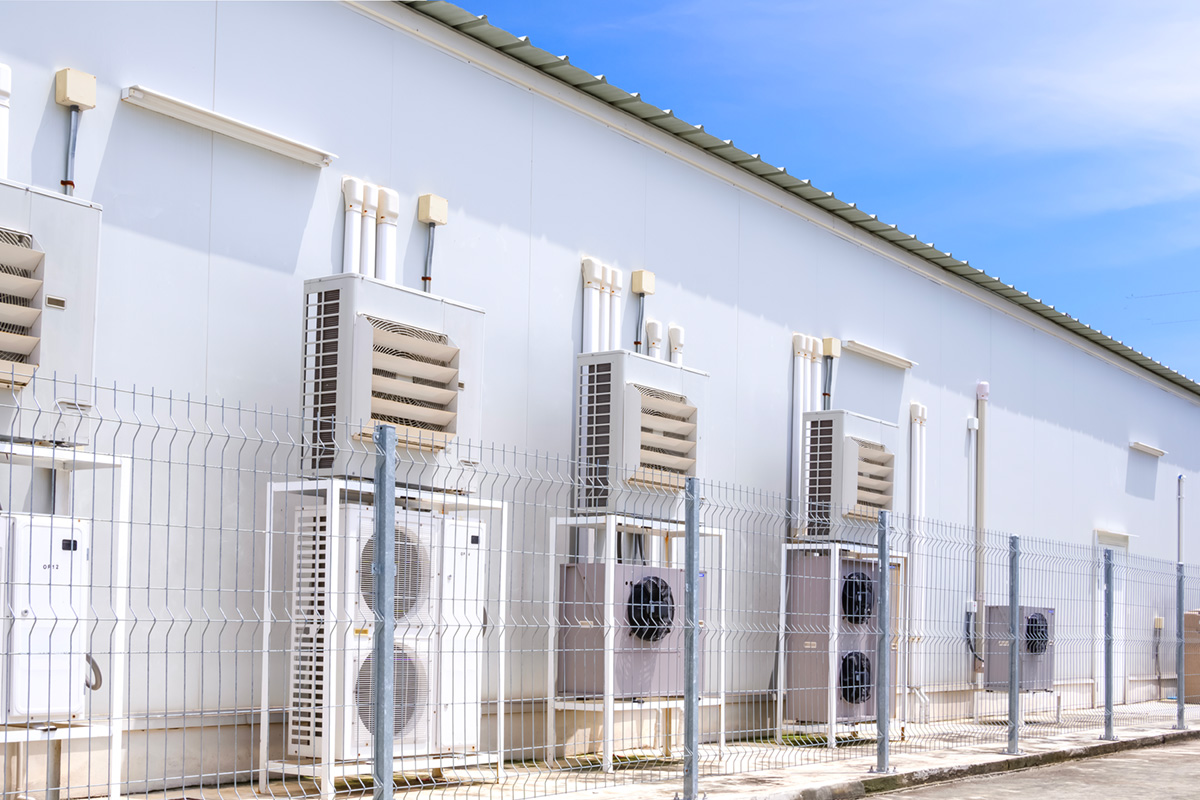A leak-free roof is crucial for maintaining the integrity and safety of any building. However, despite its importance, roof leaks are a common issue that many property owners face. Understanding the root causes of roof leaks is essential for effective maintenance and prevention strategies.
The Impact of Roof Leaks
Roof leaks can have far-reaching consequences beyond just a damp ceiling. Ignoring roof leaks can lead to extensive water damage to the interior of the building, including walls, ceilings, and even the foundation. Moreover, mold and mildew growth resulting from prolonged moisture exposure pose serious health risks to occupants. Financially, the cost of repairing water damage far outweighs the investment in timely roof maintenance.
Common Culprits of Roof Leaks
- Missing or Damaged Shingles: Shingles act as the primary barrier against water infiltration. Missing or damaged shingles leave the underlying roof structure vulnerable to water penetration, especially during heavy rain or snowfall.
- Poor Installation: Improper installation techniques can compromise the effectiveness of the roof system. Issues such as incorrect nail placement, inadequate sealing, or improper alignment can create weak points susceptible to leaks.
- Clogged Gutters and Downspouts: Gutters and downspouts play a crucial role in directing water away from the roof and foundation. When clogged with debris such as leaves and twigs, water can overflow and seep into the roof structure, causing damage over time.
- Flashing Issues: Flashing, which seals the joints and edges of the roof, prevents water from infiltrating vulnerable areas. However, damaged or improperly installed flashing can compromise its effectiveness, leading to leaks around chimneys, vents, and skylights.
- Roof Penetrations: Any opening in the roof, such as vents, chimneys, or HVAC systems, presents a potential entry point for water. Inadequate sealing around these penetrations can result in leaks, especially in areas prone to high winds or heavy rainfall.
Detecting and Addressing Roof Leaks
- Signs of Roof Leaks: Water stains on ceilings or walls, damp spots, peeling paint or wallpaper, and musty odors are common indicators of roof leaks. Promptly addressing these signs can prevent further damage.
- DIY vs. Professional Inspection: While DIY inspections can uncover visible signs of roof damage, hiring a professional roofing contractor for a comprehensive inspection is recommended, especially for identifying hidden issues.
- Repair and Maintenance Tips: Regular roof maintenance, including cleaning gutters, inspecting shingles for damage, and resealing flashing, can help prevent leaks. Prompt repairs of identified issues can mitigate the risk of extensive damage.
Takeaway
Understanding the root causes of roof leaks is essential for maintaining a leak-free roof and protecting your property from water damage and related issues. By addressing common culprits such as missing shingles, poor installation, clogged gutters, flashing issues, and roof penetrations, property owners can prolong the lifespan of their roofs and avoid costly repairs. Remember, proactive maintenance and timely repairs are key to preserving the integrity of your roof and ensuring a dry and comfortable indoor environment, ultimately safeguarding against the detrimental effects of roof leakage.

